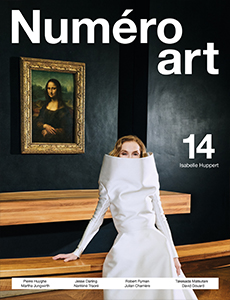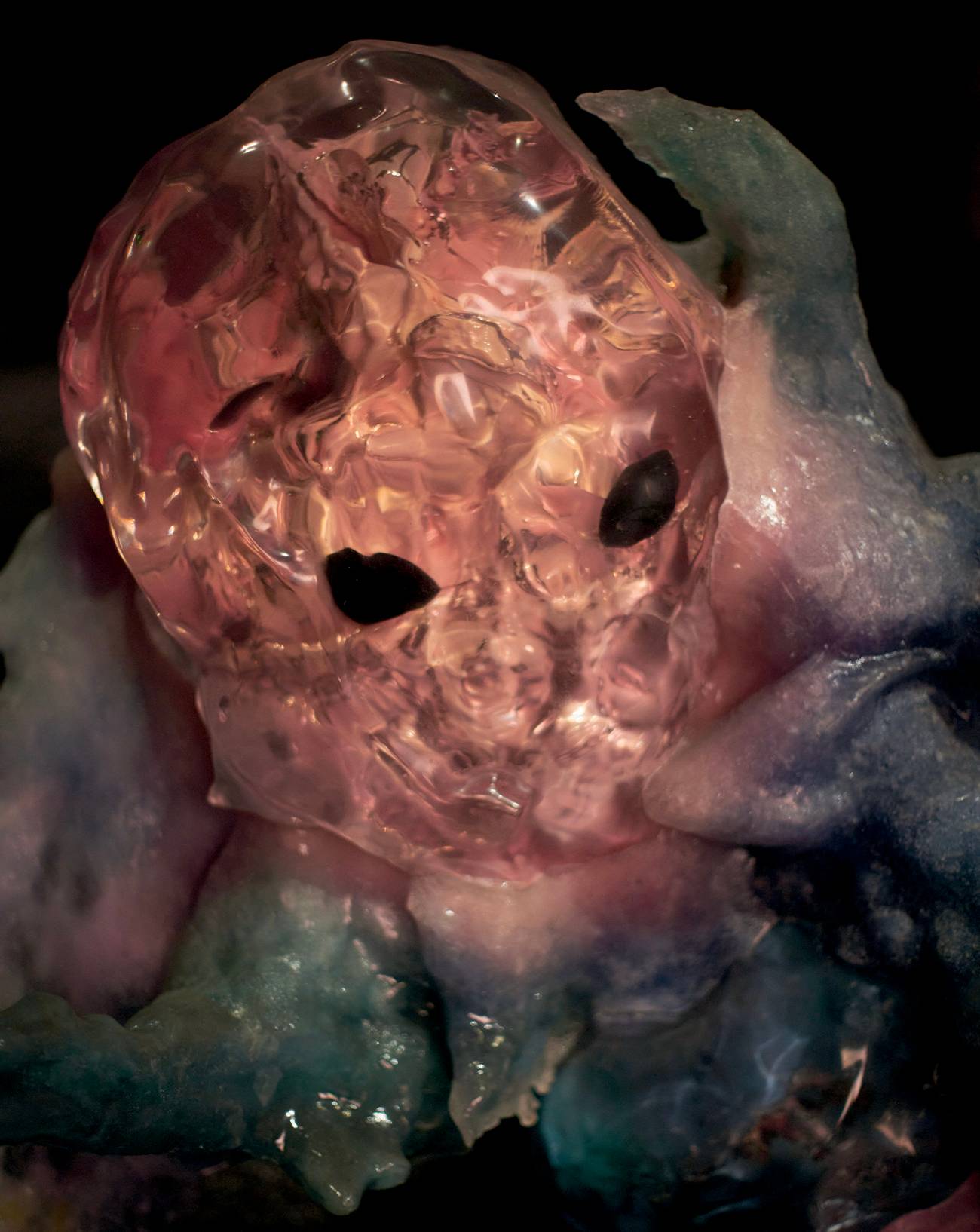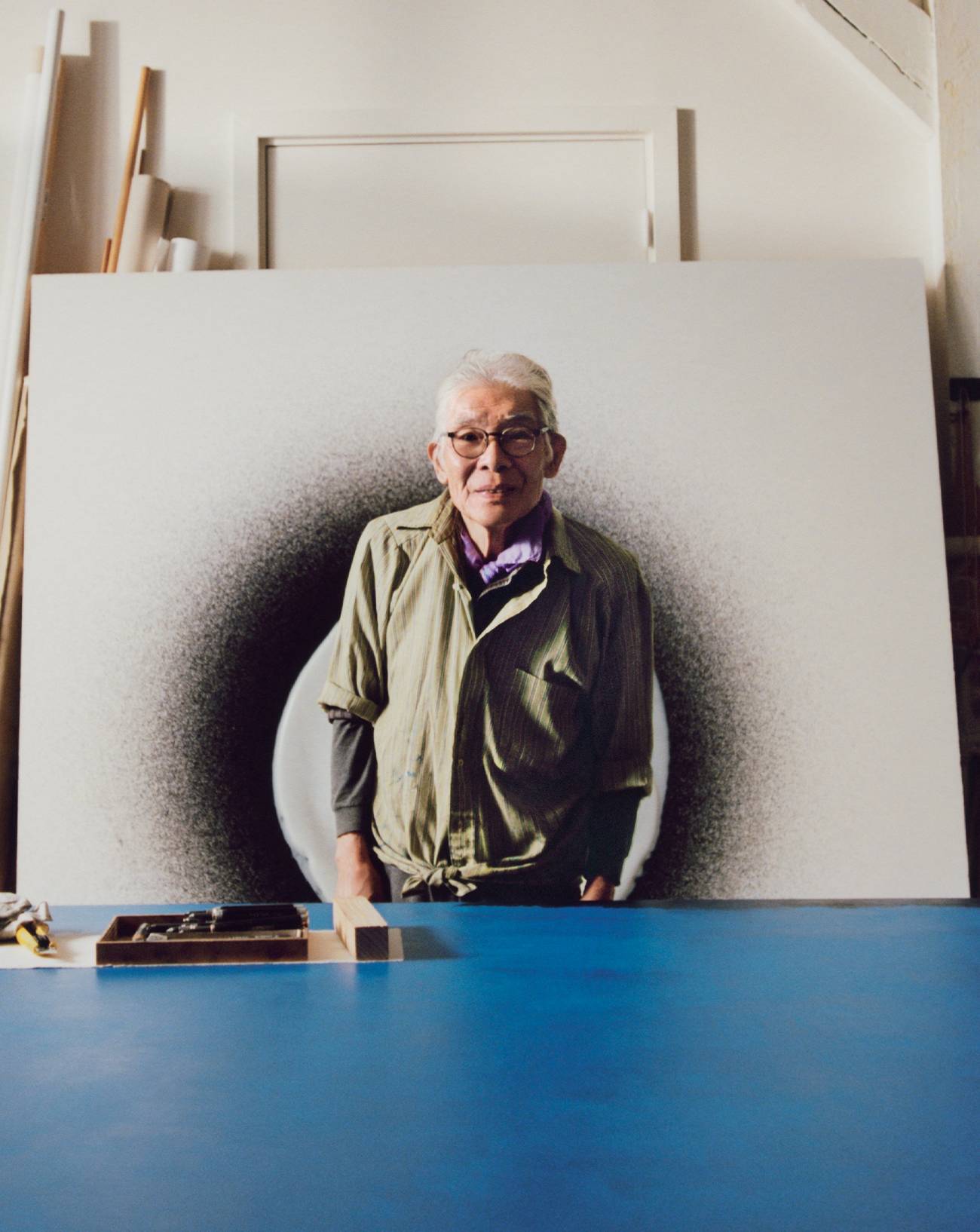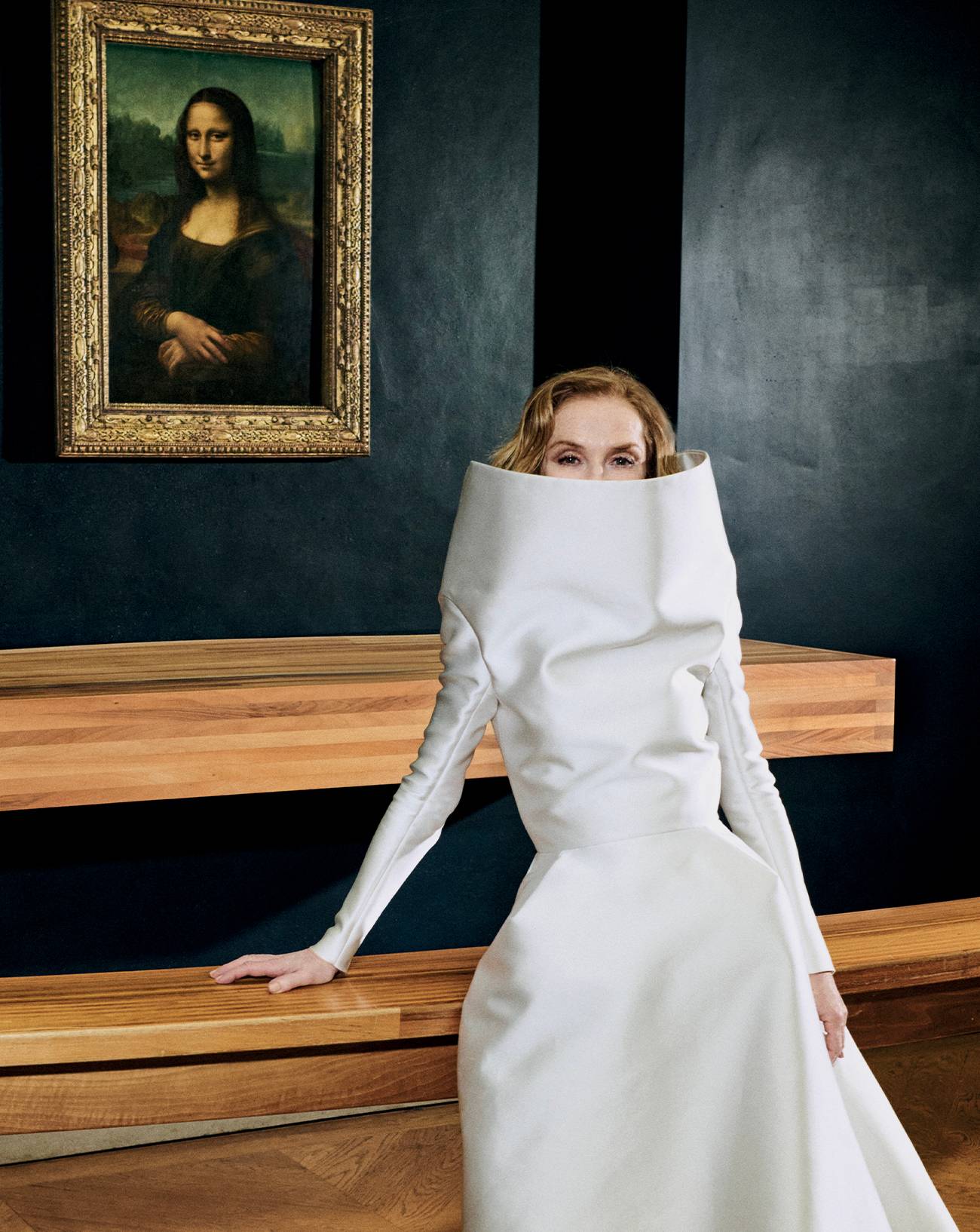"Kitsch, in essence, is the absolute negation of shit," wrote one of the main theorists of kitsch, the novelist Milan Kundera, in his 1986 essay The Art of the Novel. To look at the world by removing its rough edges is the ideal contained in this aesthetic of which Jeff Koons, an American artist born in 1955, is the contemporary pontiff. By erecting objects of entertainment and pleasure from popular culture as works of art, the former Wall Street stockbroker has exacerbated the use of this simplified visual language throughout his career, from the 1980s to the present day, with the main goal being to provoke immediate pleasure in the viewer. Comparable to an artist like Marcel Duchamp - the first to transform prefabricated objects into works of art with his ready-mades - the American artist, now in his sixties, nevertheless distinguishes himself by the deliberately flashy aspect of his productions. Sometimes monumental, often in the gaudiest of hues with a gleaming finish, Jeff Koons' famous sculptures in stainless steel - his favourite material - have gradually turned the artist into a company director: ninety employees worked for him in Chelsea before the crash of 2008, which led to the closure of what looked more like a factory than a workshop. There’s the 3-metre-high, one-tonne Balloon Dog (Orange), his first big commercial success in 2013 and the Rabbit, auctioned for $91.1 million in 2019, which makes him the world's most expensive living artist. Despite this prestigious status, the middle-class American, son of a businessman father whom he had to assist in his youth by going door-to-door with him, refuses to be ironic about bad taste, preferring to claim the sincerity of an artistic production that is accessible whatever one's cultural background. On the occasion of his solo exhibition "Jeff Koons Mucem", which is showing twenty of his creations alongside objects and pieces of popular art selected by the artist from the collections at the Marseilles museum, we take a look at five emblematic works by a man steeped in industrial and advertising aesthetics, who underlines their excesses as much as he makes them sacred.
1. New Hoover Convertible (1981): praising the banal


With his "New Hoover Convertibles", Jeff Koons documents everyday life, exposing its bare elements without embellishment. The artist intervenes only in the staging of these household appliances, which he takes as they are before installing them in Plexiglas cases lit by white neon lights. By transforming the shelves of a department store into pedestals for exhibiting his works in museums, Jeff Koons confers a sacred value on objects that are actually devoid of it, all while restoring dignity to those subjected to the eternal repetition of a laborious task. By exhibiting this domestic tool, the artist places the symbol of a banal daily life under the spotlight with the intention of making visitors proud of who they are and what they experience.
2. Bourgeois Bust (1991): staging one's own private life


Far from the commercial and industrial aesthetics of hoovers under a bell jar, this marble bust, about one metre high, re-appropriates classical language to subvert it. Dressed in beaded lingerie, a woman is about to give her lover a kiss as the outline of their two silhouettes forms the shape of a heart. Evoking both the kiss of Sleeping Beauty delivered by her prince and the explicit eroticism of an adult film, this sculpture demonstrates Jeff Koons' ability to play on the communication of his private life to promote his work. In 1991, the artist married the pornographic actress Ilona Staller - known as "la Cicciolina", which in Italian means "sweetheart" - and shortly afterwards produced this sculpture, as well as the other pieces in the Made in Heaven series, featuring the couple busy at it. The American also shot a pornographic film with his wife, making their two bodies the raw material of his work as much as a sacralisation of fertility.
3. Hanging Heart (1994-2006): playing on universal symbols


In 1994, Jeff Koons and Ilona Staller made their divorce official. As a way of recovering from this separation, the artist embarked on the longest series of his career, Celebration, which began that same year and ended in 2006. During these twelve years, twenty sculptures and sixteen large-scale paintings were produced, depicting a festive and childlike universe. Among them is the Hanging Heart, a red and gold stainless steel sculpture almost 3 metres high that perfectly reproduces the curves and folds of a helium-filled balloon. With this work, Jeff Koons plays with the ambivalence of the universal and eternal symbol of love, which is present in the Christian representation of the passion of Christ as well as in the endless products marketed for Valentine's Day.
4. Backyard (2002): overwhelming the viewer


After the mixed reception of his Made in Heaven series in the 1990s, Jeff Koons made his comeback in the early 2000s with huge paintings in garish colours, overloaded with figurative elements, taking up the imagery of advertising posters. In his compositions, Jeff Koons integrates highly expressive characters like those found on cereal packets or in cartoons. Ever fascinated by inflatable animals, in Backyard he depicts blow up water toys caught up in a jumble of objects: rustic chairs, red chains, black baskets, rainbows... So full that it becomes suffocating, the composition overwhelms the visitor with its overdose of visual information and takes on an almost disquieting appearance, something rare in Jeff Koons' optimistic universe.
5. Gazing Ball - Picasso Couple (2014-2015): revisiting paintings by the masters


In 1969, Pablo Picasso completed The Kiss, a painting depicting two faces kissing on the lips. A single splash of colour appears in the painting, the cyan blue of the stripes on a wall in the background. Forty-five years later, Jeff Koons - who usually works with assistants - painted Gazing Ball (Picasso Couple) with his own hand, imitating the Spanish artist's painting by taking care to appropriate its graphic codes as best he could, affirming both his technical mastery and his knowledge of art history. Placed in the middle of the canvas, a blue electric globe made of stainless steel reflects the spectator contemplating the work, as a way of integrating them into the composition through this vortex in relief. By moving his enigmatic blue ball from one masterpiece to another during his Gazing Ball series (2014-2015), Jeff Koons "desecrates" these icons of history with this kitschy motif, blurring the boundaries between classical and contemporary art.
The Jeff Koons retrospective at the MUCEM is open from May 19th to October 18th 2021.

















